Menú





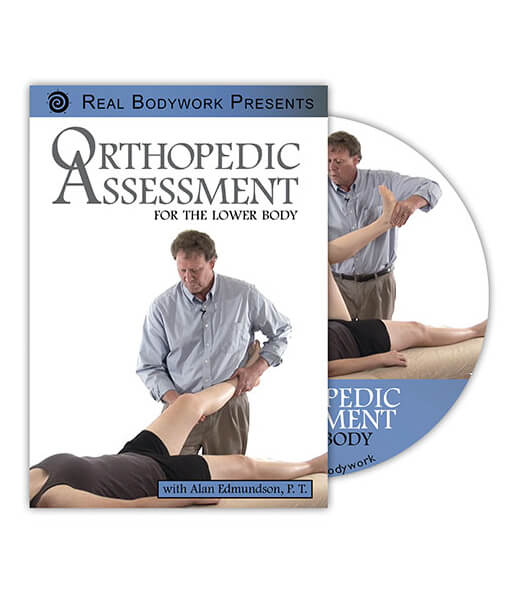
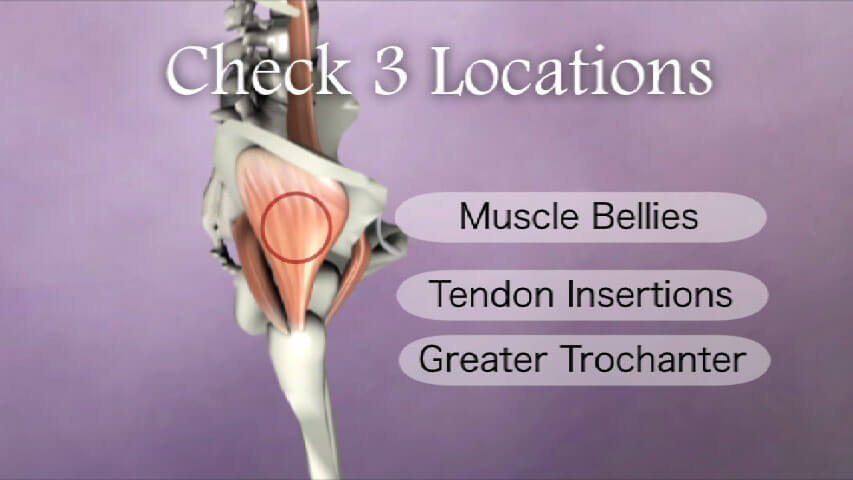
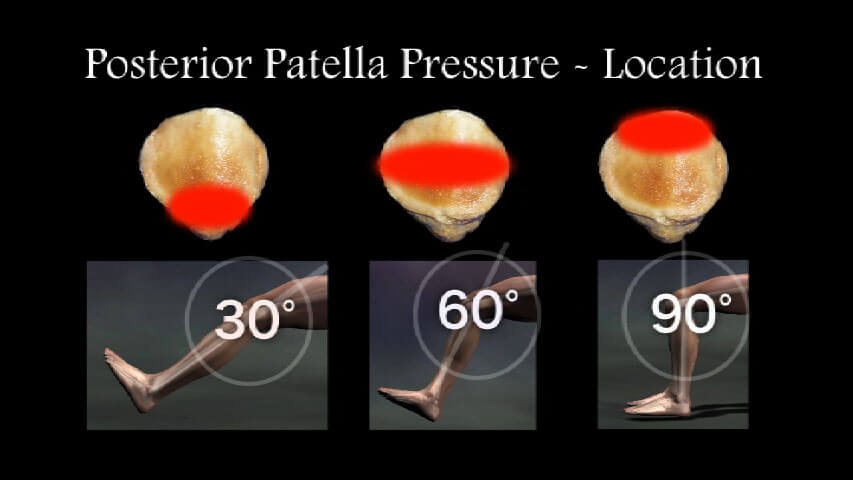
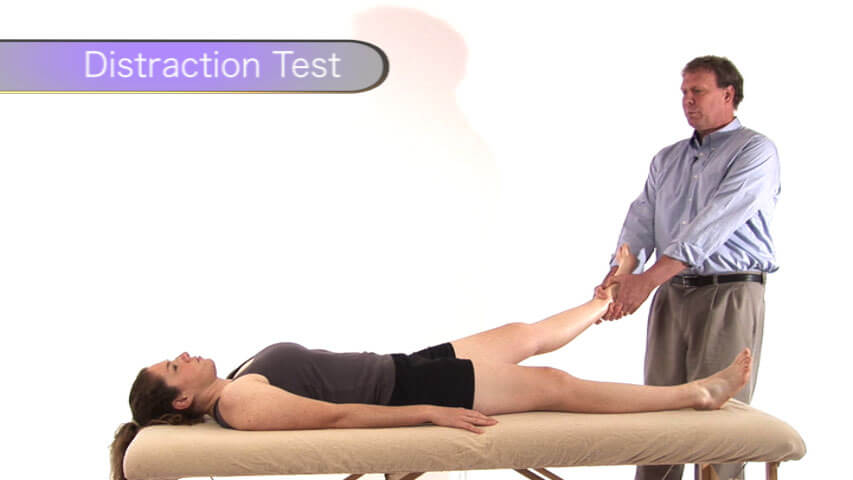
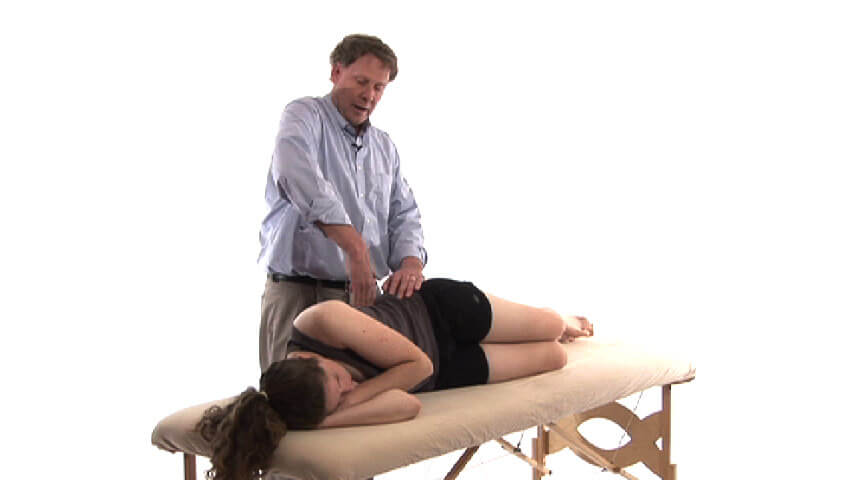
Learn Classic Assessment Techniques For
Ankle, Knee, Hip, Spine
Each Section Is Divided Into
Subjective Assessment
Observation
Tests / Special Tests
Palpation
This Includes
Active, Passive Range-Of-Motion (ROM)
Nerve Conduction, Strength Tests
Spinal Facet Joint Assessment
Knee Meniscus Assessment
Ligament Tests
More
140 Tests Total.
3-D Animations.
Logical Progression Of Testing Reveals The Underlying Pathology.
Learn What Questions To Ask & What The Answers Indicate.
Each Assessment Is Clearly Demonstrated And Explained.
Format DVD - Region: 0, Worldwide. Run Time: 2 Hours 30 Minutes.
Learn classic assessment techniques for the ankle, knee, hip and spine. Lavishly produced and filled with beautiful 3-D animations that show exactly which structures are involved. Alan will walk you through a logical progression of testing that will reveal the underlying pathology with crystal clarity.
Each section is divided into Subjective Assessment, Observation, Tests, Special Tests and Palpation. This includes tests such as passive range-of-motion, active range-of-motion, strength tests, nerve conduction tests, spinal facet joint assessment, knee meniscus assessment, ligament tests and more. 140 total! You will also learn what questions to ask, and exactly what the answers indicate. Each assessment is clearly demonstrated and explained, so you can quickly apply the techniques to your practice!
Alan Edmundson entered the physical therapy field as a registered physical therapist in 1984 after graduating from Los Angeles Children's Hospital School of Physical Therapy, affiliated with the the University of Southern California. Alan joined Alta Orthopaedics in April of 2005 after 15 years of ownership of his Santa Barbara private practice, Advanced Orthopedic Physical Therapy.
During his first five years in practice at St. Francis Hospital Alan worked with both in and out patients. As the owner of Advanced Orthopedic Physical Therapy he specialized in outpatient orthopaedics and had the opportunity to treat athletes from UCSB and Westmont colleges, all of the local high schools and semiprofessional and club teams. Alan has taught kinesiology at UCSB and lectured at professional conferences.
With over 20 years in practice, Alan utilizes a variety of treatment approaches as dictated by the patient's problem and needs. Manual therapies, exercise and self care are the primary treatment consideration. Alta's physical therapy department provides the latest equipment for patient care and a positive rehab environment.
Lessons:
1. Introduction to Orthopedic Assessment - This lesson describes the theory behind the assessment techniques, and what exactly certain symptom indicate. He discusses general evaluation techniques and introduces basic tests
2. Ankle Subjective - This lesson shows how to perform a subjective evaluation on the ankle. This includes which questions to ask, for example; How far do you walk each day? Have you recently changed your shoes? Have you had any surgeries? Where is your pain located? Have you had any sprains?
3. Ankle Observation - This lesson shows how to observe knee position, high/low arch, standing habits, symmetry, swelling, tendon angle, dorsiflexion, plantar flexion, inversion and eversion.
4. Ankle Tests - This lesson demonstrates strength testing for dorsiflexion, inversion, eversion, and plantar flexion. It also shows passive ROM testing for these same motion, plus the anterior drawer test
5. Ankle Palpation - This lesson shows how to palpate the ankle including the malleolus, for bunions, achilles tendon, plantar fascia, perennial tendons, lateral ligaments, high tibial sprain, flexor tendons, and the deltoid ligament as well as a joint evaluation. Also included is information on degrees of injury.
6. Knee Subjective - This lesson includes questions you can ask the client. Does it hurt climbing a stair, stepping off a curb? Does it hurt while sitting, is there weakness or swelling, does the pain move? Any grinding. Alan discusses what each of these answers means.
7. Knee Observation - This is a knee inspection. Looking at any swelling outside or inside the swelling, is the musculature atrophied? Examine knee cap for crepitus, evaluate knee extension for hamstring tightness.
8. Knee Tests - This lesson covers flexor and extensor strength testing, passive flexion and extension testing, medial and lateral collateral ligament testing, drawer test, Lachmans test, McMurrays test, femoral nerve test and observing the patellar orientation.
9. Knee Palpation - This lesson shows how to palpate for dysfunction the following structures: Gurdys tubercle, pez anserine, joint line, patellar tendon, popliteal fossa, hamstring muscles, gastrocnemius, peroneal nerve, fibular head, quadriceps.
10. Hip Observation - This lesson demonstrates how to observe the hips. Alan shows how to evaluate the following structures: anterior symmetry, ASIS level, iliac crests, pelvic tilt, hip contour, lumbar curve, PSIS, flexion test, posterior symmetry, arm swing, hip sway, push, forward swing, hip flexion, hip rotation.
11. Hip Tests - This lesson covers passive hip flexion, rotation and abduction plus strength testing for flexion, extension and abduction. Alan then discusses what each test means.
12. Hip Special Tests - This lesson demonstrates special tests specific to the hip. This includes: Obers test, Thomas test, straight leg raise, grind test, sacrotuberous ligmament test, and the distraction test.
13. Hip Palpation - This lesson shows palpation examination for the following structures in the hip. The iliopsoas tendon, rectus femoris, tensor fascia latae, greater trochanter, abductor group, joint spring test, coccyx.
14. Spine Anatomy And Observation - In this lesson Alan demonstrates how evaluate shoulder height, ASIS level, spinal curve from the back and side, forward bending, extension, side bending and rotation.
15. Spine Tests - This lesson covers function strength testing for the lumbar spine, including flexion, rotation, extension, and lateral flexion. Also covered are reflex testing for L3 and 4, tibias strength for L4, Big toe extensor strength for L5, everter strength for S1, the slump test, upper and lower abdominal strength testing, straight leg raise, mobility testing for extension and rotation, thoracic spring testing, Si joint spring testing, femoral nerve test and how to test for vertebral positioning.
16. Spine Palpation - In this lesson, Alan demonstrates palpation of the erectors, interspinous ligament, iliolumbar ligament, fibrositic nodules, gluteus medius, piriformis, quadratus lumborum and the psoas.
If you would like to watch this video set online, we have partnered with Real Bodywork to offer a streaming version of both Orthopedic Assessment titles together as 1 for great savings. Please click here:
Orthopedic Assessment - Upper & Lower Body 2 Video Streaming Set
A new window will open, and you will be taken to the Real Bodywork site via a secure link.
About Real Bodywork
Sean Riehl, who founded Real Bodywork over 20 years ago, has taught massage nationally, presented at the AMTA California conference, written multiple articles appearing in Massage Magazine and the Biotone Newsletter, as well as being the author of a number of videos on massage.
Quality Massage & Spa Products From Trusted Brand Names. Tables (Portable, Lift, Stationary), Chairs, Oil, Lotion, Cream, Gel, Essential Oils & Aromatherapy, Pain Relief. Equipment, Tools, Accessories, Supplies. Affordable Prices. Excellent Customer Service.
Find Every Thing You Need.
Trusted Since 2003
732.559.0022
22 Meridian Road
Unit 3
Eatontown, NJ 07724
© 2025, MassageStore Tecnología de Shopify
